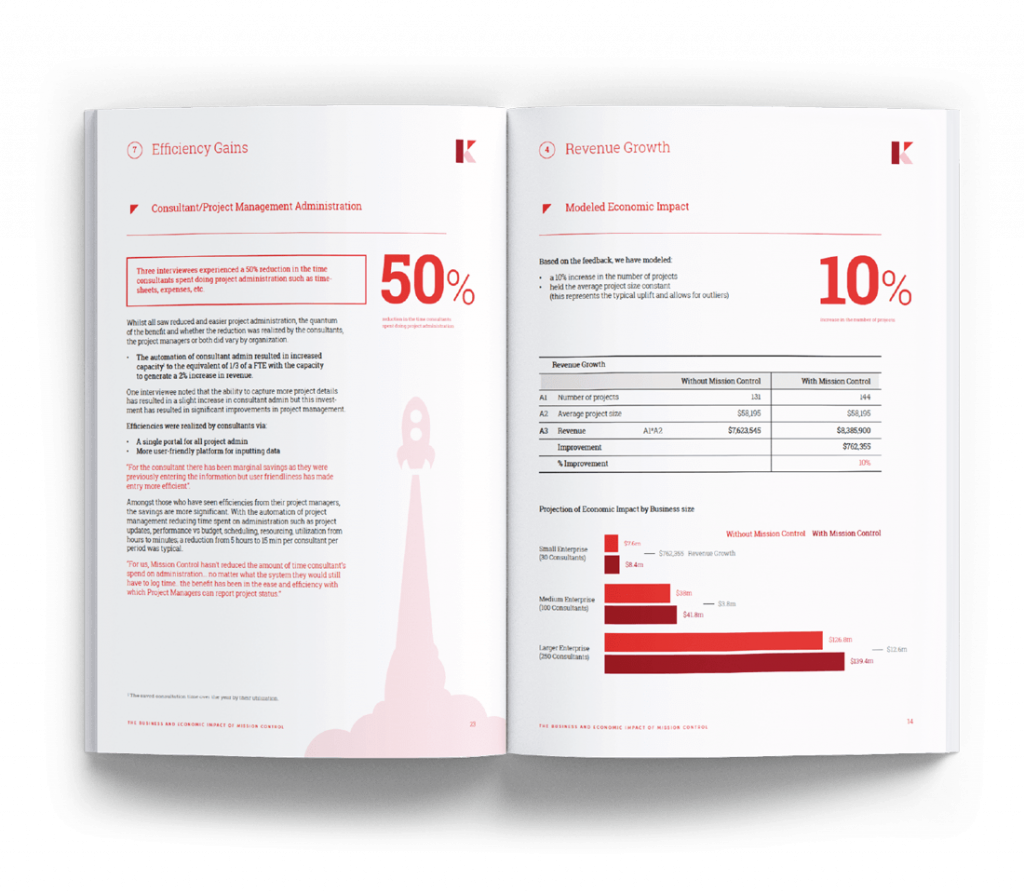In the complex world of project management, understanding task dependencies is crucial for ensuring smooth project execution and timely delivery. Among the various types of task dependencies, the Start to Start dependency plays a vital role in managing overlapping tasks and optimizing project timelines. This article will provide an overview of task dependencies in project management and delve into the specifics of the Start to Start dependency, including examples and how it can improve project delivery.
Understanding Task Dependencies in Project Management
Task dependencies in project management define the relationship between tasks, indicating how one task relies on another to begin or complete. Properly managing these dependencies ensures that tasks are executed in the correct sequence, preventing delays and bottlenecks. There are four primary types of task dependencies:
- Finish to Start (FS): The most common type, where Task B cannot start until Task A finishes.
- Start to Start (SS): Task B can start only when Task A starts.
- Finish to Finish (FF): Task B cannot finish until Task A finishes.
- Start to Finish (SF): Task B cannot finish until Task A starts.
Each type of dependency serves a unique purpose in managing the flow and timing of tasks within a project.
What is a Start to Start Dependency?
A Start to Start (SS) dependency indicates that a successor task can begin only once its predecessor task has started. This type of dependency is useful when tasks need to be initiated simultaneously or when the start of one task triggers the start of another. Unlike the Finish to Start dependency, the Start to Start dependency allows for parallel progress, enabling multiple tasks to run concurrently from their initiation points.
Examples of Start to Start Dependencies
To illustrate the Start to Start dependency, consider the following examples:
- Construction Project: In a construction project, the task of laying the foundation (Task A) must start before the task of setting up the scaffolding (Task B) can begin. However, both tasks can proceed simultaneously once the foundation work starts.
- Software Development: During software development, the task of designing the user interface (Task A) must start before the task of developing the frontend code (Task B) can begin. Both tasks can run concurrently as soon as the design phase starts.
- Event Planning: In event planning, the task of sending out invitations (Task A) must start before the task of organizing the event agenda (Task B) can begin. Once the invitation process starts, the agenda preparation can proceed in parallel.
Benefits of Start to Start Dependencies in Project Management
Implementing Start to Start dependencies can significantly enhance project delivery in several ways:
- Improved Parallel Processing: By allowing tasks to start simultaneously, project managers can optimize resource utilization and reduce idle time, leading to more efficient project execution.
- Reduced Project Duration: Start to Start dependencies enable overlapping of tasks, which can shorten the overall project timeline and accelerate delivery.
- Enhanced Flexibility: This dependency type provides greater flexibility in scheduling and resource allocation, allowing for adjustments based on real-time project progress.
- Better Risk Management: With parallel task execution, potential delays in one task can be mitigated by the concurrent progress of other tasks, reducing the impact on the overall project schedule.
How Start to Start Dependencies Improve Project Delivery
Start to Start dependencies are particularly valuable in complex projects with interdependent tasks. By leveraging this dependency type, project managers can achieve the following:
- Optimized Workflow: Streamlining the initiation of multiple tasks ensures a smoother workflow and minimizes waiting periods between tasks.
- Resource Efficiency: Concurrent task execution allows for better resource allocation and utilization, maximizing productivity.
- Proactive Problem Solving: Early identification of issues in one task can prompt immediate corrective actions, as parallel tasks can continue without significant disruption.
Incorporating Start to Start dependencies into your project management practices can lead to more efficient and effective project delivery, ultimately contributing to the success of your projects.
Conclusion
Understanding and utilizing task dependencies, especially the Start to Start dependency, is essential for effective project management. By allowing tasks to start concurrently, Start to Start dependencies optimize workflows, reduce project duration, and enhance flexibility. As a project manager, leveraging this dependency type can significantly improve your project’s efficiency and delivery, ensuring that your team can achieve its goals on time and within budget.




